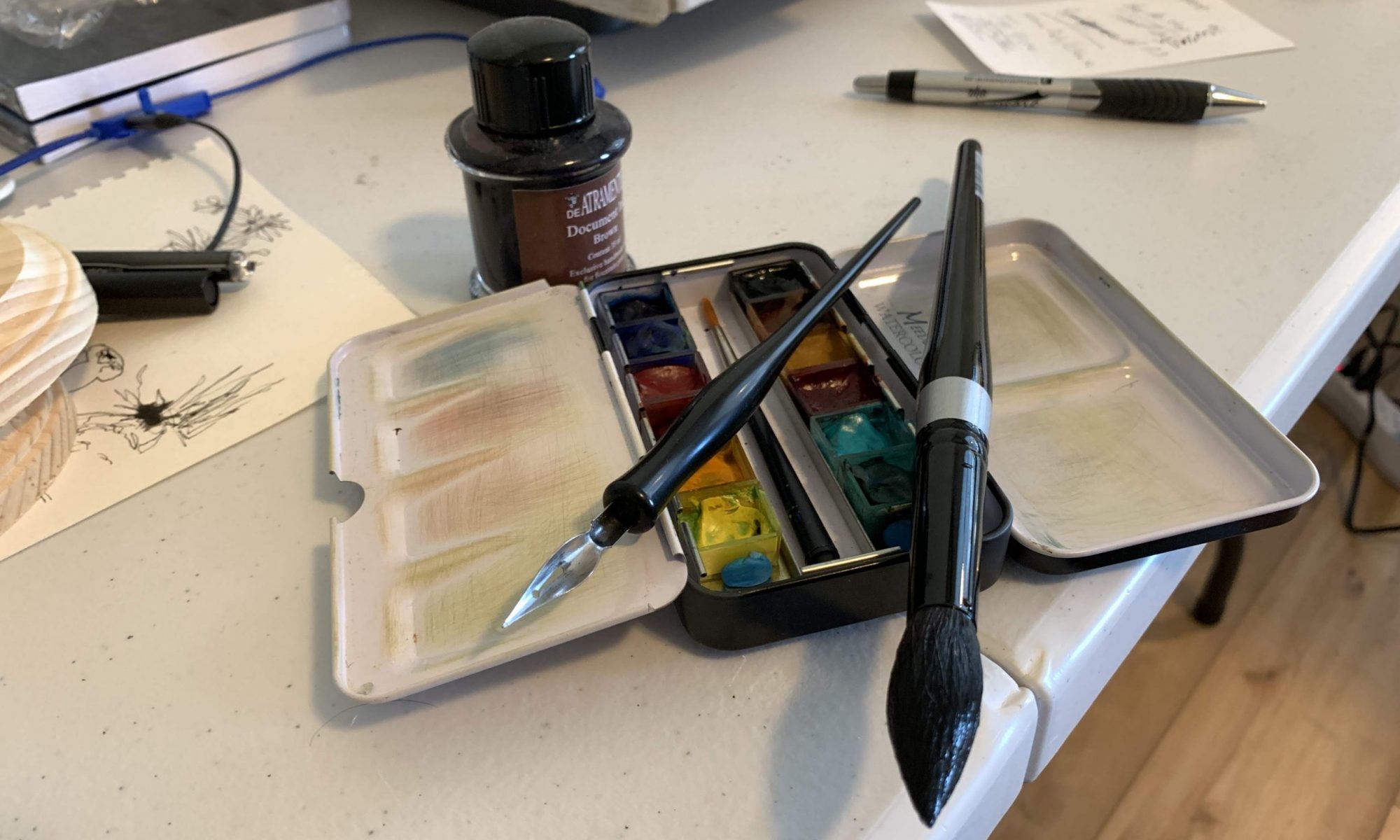Merry Christmas!

One of the most ancient forms of art is that of the Christian icon. Orthodox tradition holds that the first icon “written” was that of the Virgin Mary, the Theotokos (God-Bearer) by the Apostle Luke.
In the days of the Roman empire, while Greek was the common language of the people, many were uneducated or didn’t speak either Greek, Latin, or Hebrew so telling the “Good News” of Christ could be a bit of a struggle. One of the ways the early Church told the story was through icons. It’s also important to note that since Christians view Jesus as equal to God, who is unseen, an icon of Christ, or His mother was an icon of God. In fact, in the Christian tradition, ALL humans are icons, or images, of God.
Icons, as I mentioned above, are considered to be written, not painted, by iconographers. They are written to tell the story of an event in the life of Christ and His Church including those who have achieved holiness.
Usually painted with egg tempera, the depictions of people in Orthodox tradition are stylized and not intended to be realistic. Depictions are designed to show humanity and nature glorified by God.
Unfortunately, many unenlightened art historians attribute this stylization as flat and uninspired. They complain that until The Renaissance, art was stifled by the Church. Nothing could be further from the truth. Icons were never designed to be pieces of art, they were, and are designed to inspire Man to holiness.

Painted with egg tempera, iconographers to this day will mix their own colors using ancient pigments such as lapis lazuli, cinnabar, and gold leaf. Icons can be painted on wooden panels, wall frescos, and pretty much any item.
Just as most art, there are a number of “schools” concerning icons.
Some of the earliest styles are Byzantine icons which date back to before the 6th century and the iconoclast heresy that destroyed most icons before that period. The oldest icons can be found in St. Catherine’s Monastery on Mt. Sinai.
Russian icons written before the Bolshevik Revolution have been burned, destroyed, stolen, or sold over the past one hundred years. Icons from before that period can be seen at St. Michael Cathedral on Sitka Island, AK.
The Greek-style is generally considered a continuation of the Byzantine school of iconography carried on by Greeks after the Turkish occupation.
If you’re interested in the difference between the Greek and Russian styles click on the Russian icon below.

I hope this short post gives you an appreciation of the ancient art of iconography. Enjoy the holiday season!
